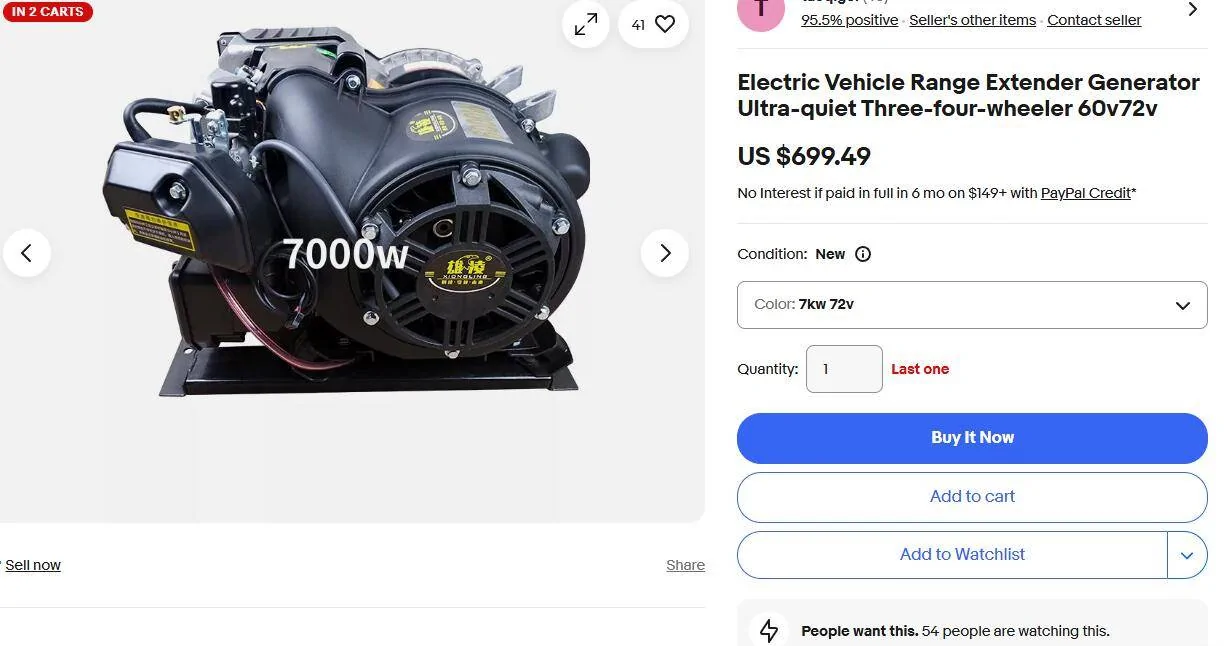Firn
Well-known member
Some funky math there, but if you get 3kwh per hour, that IS 3kw of charging. If it's 3kwh throughout the day, like you said, then that is at best SIX miles throughout the day.3kw would give you about 6 miles of range at 2.1 mi/kw. But I said 3kwh, meaning it would charge up to 3kwh throughout the day, which would give you between 45-65 miles of range if you capture 10-12hrs of sunlight with the anticipation you don’t always get a full 3kwh charge from them.
More fun, out of that is that if towing something with 3kw of panels on it you likely are getting around 1mi/kwh, if it is as you said, 3kwh throughout the day, then that's only 3 miles. If you in fact ment 3kwh per hour, which fits your math, then that IS a 3kw array. But again, 3kw over 10 hours is about 30 miles of towing range.
Regardless, that isn't a range extender in any manner, that's just stationary solar charging. A range extender is by definition something that happens while driving.
Sponsored



